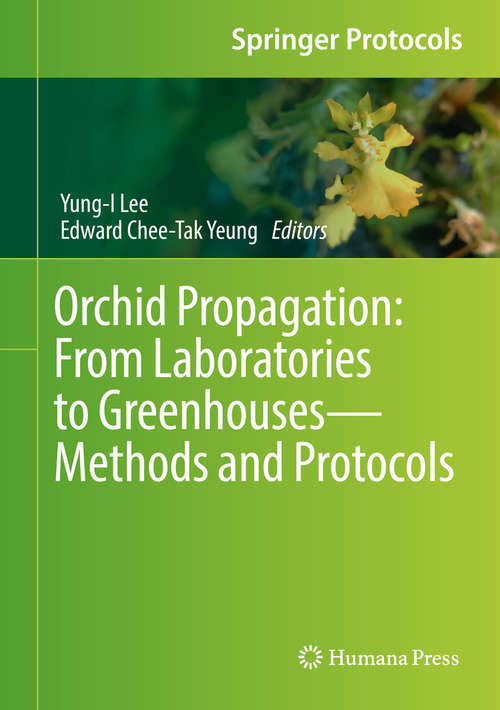Synopsis
The orchid family is one of the largest families of flowering plants known for their beauty and economic importance. This work provides information in key areas of research that are important to both scientists and commercial growers alike. The main purposes of this book are to provide key practical areas of research, such as, germination, micropropagation, traditional and current techniques related to plant improvement; document methods that ensure survival of plants from laboratories to greenhouses; promote communication between scientists and growers, so that their combined expertise on these areas will lead to the successful growth of orchids in their natural habitats or commercial greenhouses. This book can serve as reference for laymen with an interest in orchid growing.This book is divided into 5 parts. The first part emphasizes propagation methods using seeds and related techniques that are important to plant conservation and improvement. Successes in asymbiotic and symbiotic seed germination are keys to orchid conservation and their propagation. The second part summarizes micropropagation methods, common media, and newer methods of micropropagation such as the bioreactor culture procedures. The third part focuses on techniques related to the manipulation of explants in an in vitro environment. The fourth part covers cell biological methods and transformation techniques. Since the successes in a laboratory setting do not guarantee plant survival and propagation in greenhouses and in the natural environment, it discusses greenhouse propagation techniques that are essential to the survival of plants generated from a laboratory setting. The fifth part showcases recent successes on orchid propagation by documenting sample publications and how to present orchids in an artistic fashion for one’s enjoyment.
